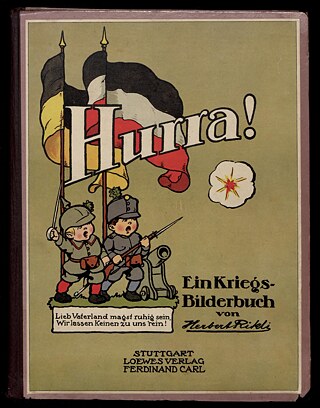Children’s and young adult literature
Are you what you read?

Ideally books for children and young adults open up a world of possibilities and convey ideals, norms and values in the spirit of the times. When, though, do they go too far?
By Marlene Zöhrer
"Children's books are the basis of any democracy. If we want our children to grow up to be responsible citizens, then good books are absolutely essential. That's how they learn about the world from the comfort of their bedrooms." In an interview with the weekly newspaper Die Zeit, Astrid Lindgren's grandson, Olle Nyman, talked about his grandmother's literary legacy and the impact and role of children's literature. The impetus for the interview was not an anniversary or celebration of his grandmother’s legacy, but the fact that Swedish right-wing politicians had begun co-opting her writing in early summer 2019.
Olle Nyman, who runs the Astrid Lindgren Company that manages the right to the writer's work, is fighting the instrumentalization of his grandmother's texts. The political appropriation of Lindgren's beloved characters by right-wing politicians is particularly absurd, since the author openly and vehemently worked her entire life to promote peaceful, tolerant and equal coexistence. This is by no means an isolated case though: throughout time, children's and young adult literature has repeatedly been used to bolster political, religious or social ideas and ideals. Sometimes through reinterpretation, as in the present case, and sometimes books have been specifically written to indoctrinate young readers into a respective ideology.
Review of the past
Looking back at the history of German children's and young adult literature, it is not hard to find examples of appropriation - from a variety of directions and under different auspices. Most current books for children and young adults provide aesthetically appealing, varied entertainment in all genres and types. They tell stories that help young readers grow into cosmopolitan, mature, self-determined and self-confident people, an aim that would have been completely unacceptable in the early years of the German Democratic Republic and under the Nazis.
Though the two regimes came from different ideological backgrounds and followed different objectives, both closely monitored the book market, bringing it into line ideologically with few exceptions. After the National Socialists’ rise to power in January 1933, children’s and young adult literature was censored and shaped to nurture children’s loyalty to an ethnic community, war and absolute obedience. The GDR used similar tactics after the end of the Second World War to raise faithful socialists.

Ideals and manipulation
A look at the past clearly shows how narrow the line between ideals and ideologization can be, and that it is often hard or even impossible to identify clear-cut trends. So it is important to keep an eye on and critically explore developments in books for children and young adults, even outside of the mainstream and current trends.
Looking back also shows how far children's and young adult literature has come since the first books for young readers were published. The genre has undergone drastic changes over the course of the centuries in keeping with the zeitgeist and educational, social, and political and, not least, artistic ideals. Today most books for children and young adults are open and diverse, as Olle Nyman noted. Overall themes include tolerance, humanity, solidarity, emancipation, courage and critical questioning, and these are the values most children and young adult literature seeks to impart on young readers.